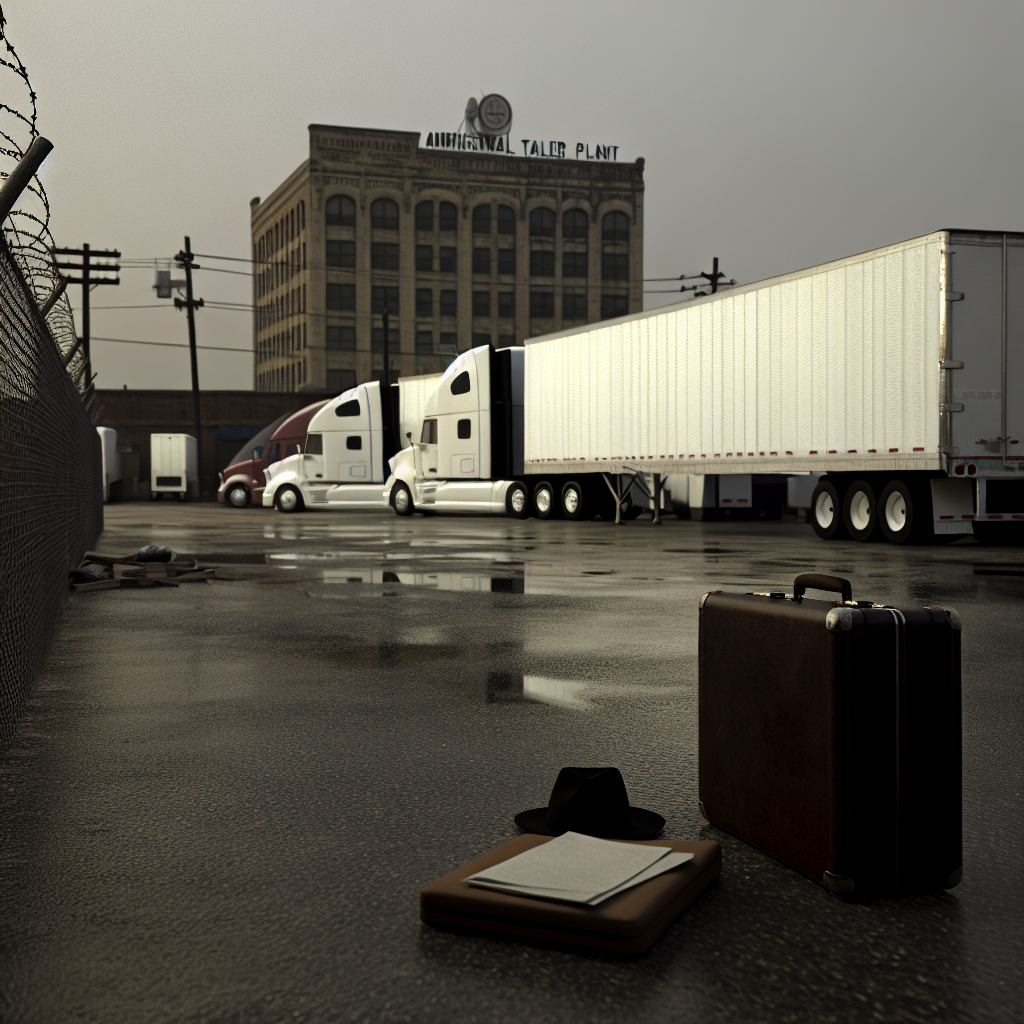Wabash has closed the book on the St. Louis “nuclear verdict” that has shadowed the company and much of the trailer sector for the past year, reaching a settlement with the plaintiffs and halting further appeals, according to a report published Monday, October 20. The case stemmed from a 2019 underride crash involving a 2004 Wabash trailer that led to a September 2024 jury award later pared back by the court this spring. The settlement brings finality to a dispute that had become a touchstone in industry debates over runaway verdicts and their ripple effects on insurance and equipment costs.
Why it matters to fleets and OEMs: certainty. The original jury award reached “thermonuclear” territory before a Missouri judge reduced punitive damages to $108 million in March while leaving $11.5 million in compensatory damages intact. Settling now strips out the binary risk of continued litigation, steadies credit and insurance conversations, and lets the manufacturer redirect management attention to orders, parts-and-service growth, and product programs rather than court calendars. For carriers and shippers, the broader signal is that even headline cases can end at the negotiating table—an outcome that’s typically easier for insurers to model into premiums than years of appellate unpredictability.
The timing also lands as legal and risk leaders huddle on tactics to head off large jury awards. On October 19–20, the Claims and Litigation Management Alliance ran a two‑day “Preventing Nuclear Verdicts” workshop and trial academy, underscoring how aggressively the defense bar is coaching companies on documentation, training and courtroom strategy to blunt punitive exposure. That real‑time focus—coming the same week this settlement surfaced—reflects a maturing playbook around admitting fault where appropriate, personalizing defendants, and anchoring damages early.
In markets, Wabash shares last changed hands at $8.82 at Friday’s close (October 17), setting up Monday trading against a backdrop of legal clarity that investors have spent months trying to handicap. Whether that translates into a durable re‑rating will depend on how the company characterizes remaining insurance recoveries, any one‑time accounting effects, and cash commitments, but the largest tail risk tied to the case is now off the table.
Bigger picture for trucking: this outcome reinforces two takeaways. First, venue and case narrative still drive outsized exposure for transportation defendants, particularly in state courts seen as plaintiff‑friendly. Second, settlements that arrive after a punitive award is trimmed on constitutional grounds can still be economically rational for both sides—victims’ families gain payment certainty while defendants cap downside and cut legal drag. For carriers and private fleets, the practical response remains the same: harden hiring and training files, lean into camera/telematics evidence chains, and ensure safety policies are lived, not laminated. Those steps won’t inoculate a company from every catastrophic loss, but they strengthen the record that juries—and insurers—scrutinize most.
Bottom line: the Wabash settlement closes a defining chapter in the recent era of trucking “nuclear verdicts.” It won’t end the phenomenon, but it does show that post‑verdict reductions and negotiated resolutions can reconnect courtroom outcomes to business reality—an encouraging precedent for equipment makers and fleets navigating today’s litigation climate.
Sources: FreightWaves; Claims and Litigation Management Alliance; Market data (WNC)
This article was prepared exclusively for TruckStopInsider.com. Republishing is permitted only with proper credit and a link back to the original source.





